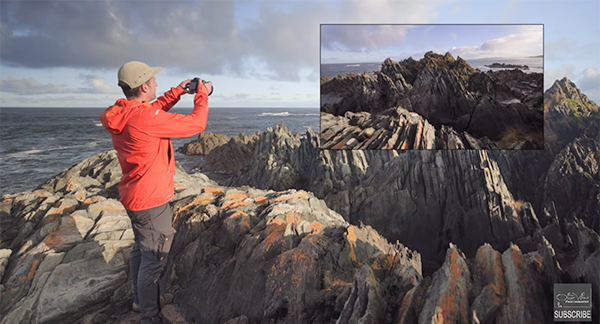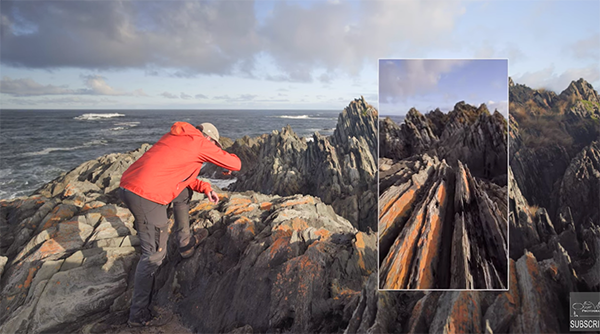Wide-Angle Landscape Photography: 4 “Essential” Techniques (VIDEO)
The first thing most landscape photographers do upon arriving on location is open their bag and mount a favorite wide-angle lens on their camera. But using the right lens doesn’t guarantee great results unless you understand the “essential” techniques for getting the job done.
One big challenge with landscape photography is that outdoor scenes are often quite complicated—with some really important elements and others that may detract from a photo. This particular consideration can be even more difficult when shooting with wide lenses because of the expansive perspective they provide.
Today you’ll learn what one landscape pro says are four methods he always relies upon when shooting with wide-angle lenses, and you can do the same to compose and capture stunning landscape photos by following his straightforward advice.

Instructor Oliver Whone is a professional landscape photographer based on the beautiful southern island of Tasmania. And he’s just as passionate about helping others elevate their skills as he is about capturing the beauty of our natural world. Be sure to watch until the end, when Whone provides an inspirational gallery of his amazing work.
The first technique involves carefully scrutinizing a scene before you pull the camera up to your eye, with the goal of identifying a compelling subject and then finding leading lines to guide a viewer’s eye through the frame. Whone takes pride in being a successful visual storyteller and his compositional skills that enable him to simplify complex scenes. We’ve discussed the power of leading lines before, but Whone really nails the concept.
Whone summarizes his second technique in just five words: “Go low and tilt down.” Rather than taking the common approach of shooting from eye level, he prefers to find a low vantage point and angle the camera down toward the ground. This method may seem self-explanatory, but there’s a bit more to understand as you’ll see while watching Whone do his thing.

Technique #3 applies when photographing the type of element-rich scenes that we mentioned above. Here Whone provides another five-word explanation, “Fill your frame with value.” This approach could be described as “careful cropping within the camera.” It requires some thought, self-control, and a practiced eye to compose an image that only includes vital information while eliminating everything else that mucks up the shot.
Last on the list, but no less important, is learning how to focus-stack a scene. This one is a logical extension of the three previous tips because you’ll likely end up with crucial elements close to the camera position—thereby resulting in compromised depth of field. As you may know, this technique involves shooting multiple shots of the same scene—each with a different point of focus—and Whone demonstrates how it’s done.
There’s plenty more to learn about shooting epic landscape photos on Whone’s YouTube channel. So be sure to take a look when you have time. And don’t miss an earlier tutorial we posted from another landscape expert, explaining how to shoot breathtaking photographs in “ugly” bright light.




